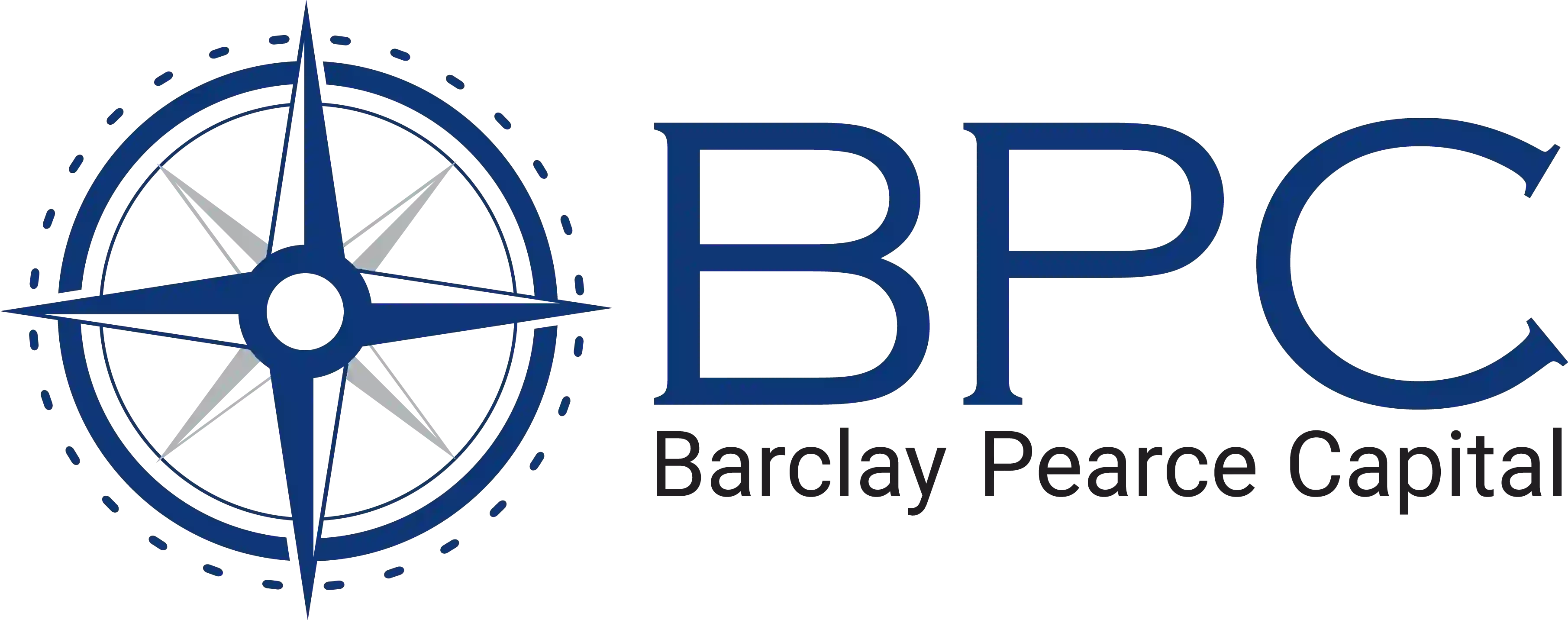Jack Colreavy
- May 27, 2025
- 5 min read
ABSI - Too Big to Heal. What Went Wrong at Healthscope.
Every Tuesday afternoon we publish a collection of topics and give our expert opinion about the Equity Markets.

In what’s shaping up to be one of the most significant private equity failures in Australian corporate history, Healthscope, Australia’s second-largest private hospital operator, has finally collapsed into receivership. It’s a saga that involves Canadian private equity giant Brookfield, billions in real estate deals, strained insurer relationships, and a national reckoning on the role of private equity in essential services. ABSI this week unpacks what went wrong, who stands to lose the most, what happens next, and why foreign investors might now think twice about Australia’s healthcare sector.
In 2019, major Canadian asset manager Brookfield acquired Healthscope in a blockbuster A$5.7 billion deal, paying A$2.50 per share, a 23% premium at the time. On paper, the deal was a sure thing: an ageing population, high private health insurance participation, and a large network of 37 hospitals across Australia. But Brookfield’s playbook failed to adequately account for the downside, leaning heavily on debt and financial engineering. The deal was structured with an estimated A$1.4 billion in debt, even after unlocking capital through asset sales, selling 22 hospital properties in 2019 under sale-and-leaseback arrangements for A$2.5 billion.

Source: BCG
The deal ultimately left Healthscope vulnerable, as a highly leveraged operator with rising fixed costs, beholden to escalating lease obligations at a time when margins in private healthcare were thinning. The timing of all was almost poetic as the deal closed circa one year before the onset of the COVID-19 pandemic.
COVID dealt multiple blows to Healthscope. Firstly, as the lockdowns throttled elective surgeries, the biggest revenue stream for private hospitals. It also led to labour shortages, resulting in wage pressures on staff costs. Finally, as the pandemic faded, inflation veered its ugly head further, compounding operational costs with rising interest rates, making the debt load completely unserviceable. By 2024, it was reported that only 6 out of its 37 hospitals were profitable.
The situation reached a flashpoint in late 2024, when Healthscope terminated contracts with large insurers Bupa and AHSA, impacting over 6.6 million privately insured Australians. The dispute stemmed from Healthscope’s attempt to impose a new “hospital facility fee” to offset rising costs, a move that backfired spectacularly, severing a vital patient referral source. With revenues falling, costs rising, and no clear path to profitability, Brookfield injected more capital, reportedly over A$200 million in additional equity, but it was too little, too late.
Yesterday, a consortium of lenders voted to take control of Healthscope and appoint McGrathNicol as receiver, effectively wiping out Brookfield’s entire equity investment, estimated to be ~A$1.2 billion. This marks Healthscope as the biggest private equity write-down in Australia since CVC’s A$1.9 billion loss on Channel 9 in 2012.
So what happens next?
McGrathNicol are preparing a hospital-by-hospital sales strategy, with interest from a range of parties such as current not-for-profit hospital operators backed by super funds looking to boost their ESG credentials with social credit facilities, private for-profit hospital operators like Ramsay Health Care, and private equity firms who love a firesale. The federal government has ruled out a bailout, while the NSW government is actively reclaiming control of the Northern Beaches Hospital.
HMC Capital Healthscope Assets

Source: APMN
It is critical that while this process plays out that the hospitals continue to provide care to patients and so existing creditors Westpac and Commonwealth Bank have provided A$100 million in funds for this purpose. It remains to be seen if debt holders, owed approx. A$1.6 billion will be made whole, or they will have to take a haircut on their investment. HMC Capital is another stakeholder keeping a close eye on the situation as they run a REIT that leases 11 properties to Healthscope and will be working hard to see those lease payments remain intact. HMC could also be a bidder for some of the assets, having proposed an offer to Brookfield prior to receivership.
Healthscope's collapse is more than a failed investment. It’s a symptom of deeper misalignment between profit-driven models and public service delivery. In Australia’s healthcare landscape, increasingly pressured by costs, demographics, and system complexity, it could become the case study that reshapes how governments, investors, and citizens think about private sector involvement in essential services such as healthcare, aged care, and education.
For Brookfield, the loss is a minor one against their almost US$1 trillion in assets under management, however, their reputational impact in Australia’s infrastructure and healthcare markets may linger slightly longer.
EOFY Is Here! The Right Time For Your Portfolio Review
As the financial year draws to a close, now is the time to evaluate whether your portfolio is still working for you. Our complimentary EOFY portfolio review is designed to provide general advice on restructuring strategies, uncovering undervalued opportunities, and refining your stock and sector allocation. We’ll also identify any concentration risk and share portfolio management best practices to help position you for long-term success. Book a discovery call with James Whelan and take control of your investment outcomes with clarity and confidence.
We offer value-rich content to our BPC community of subscribers. If you're interested in the stock market, you will enjoy our exclusive mailing lists focused on all aspects of the market.
To receive our exclusive E-Newsletter, subscribe to 'As Barclay Sees It' now.
Share Link


%20-%20Desk%20Note.png?width=767&name=Pureprofile(ASX-PPL)%20-%20Desk%20Note.png)

-BPC%20Desk%20Note.png?width=767&name=Castile%20Resources%20(ASX-CST-OCTQB-CLRSF)-BPC%20Desk%20Note.png)


